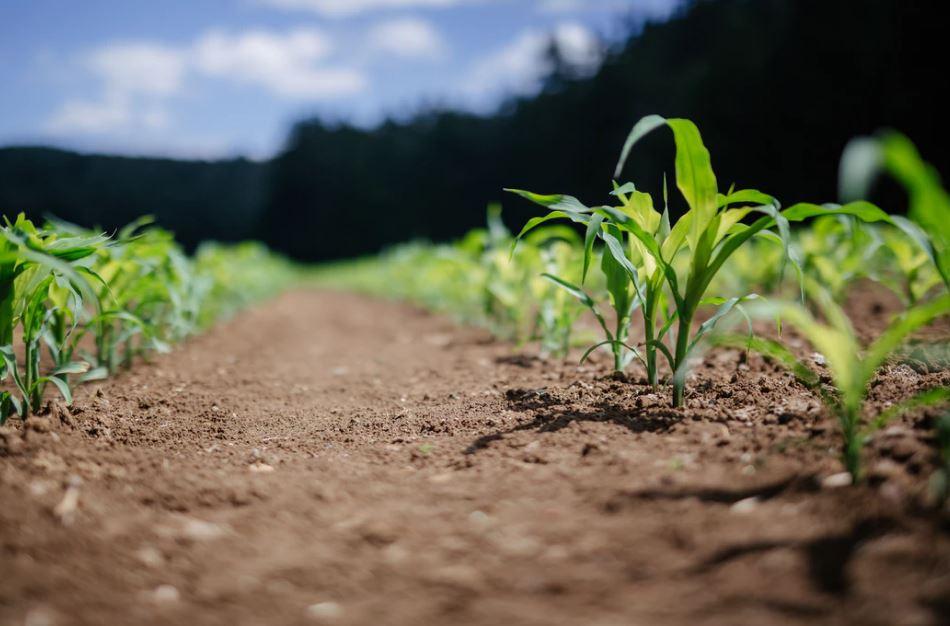Plant Breeder’s Rights

Plant breeder’s rights is one of the industrial property rights, although it is less commonly discussed. Plant breeder’s rights are a form of intellectual property protection applied to plant varieties. It refers to the exclusive right to a plant variety. A plant variety is defined as a group of plants that can be propagated without altering their characteristics. Additionally, the variety must have at least one characteristic that is not found in any other variety.
Plant breeding was initiated in Finland in the early 20th century, and new plant varieties (later referred to as cultivars) were introduced for cultivation. In 1977, the law on the promotion of plant breeding activities was enacted. It is considered Finland’s first plant breeder’s rights law. In 1992, the actual law on plant breeder’s rights was established.
Plant breeder’s rights grant the holder an exclusive right to commercially exploit the protected plant variety. In this case, the protected plant variety cannot be propagated, conditioned for propagation purposes, marketed, or commercially stored without the permission of the plant breeder’s rights holder. Unauthorized use may lead to legal consequences, such as fines or damages. However, the use of the variety for private, non-commercial purposes, breeding, or experimental activities is not restricted. Additionally, farmers have the right to use and produce propagating material of protected varieties on their own farms by paying compensation. In seed trade, only varieties approved in the official variety catalog can be marketed.
Regarding plant breeder’s rights, the principles of the International Union for the Protection of New Varieties of Plants (UPOV) are followed, representing the international system for the protection of plant varieties. Finland joined UPOV in 1993. In each member country, the local plant variety authority grants plant breeder’s rights upon application. In Finland, the authority responsible is the Finnish Food Authority (Ruokavirasto), which maintains the plant breeder’s rights register.
After approval, plant variety protection is valid in Finland for 30 years by paying an annual fee. If a plant variety has significant markets in multiple EU member states, it is advisable to seek EU-wide protection. The Community Plant Variety Office (CPVO) grants protection for the entire EU territory with a single application. The EU Plant Variety Right (CPVR) is valid for 25 years, except for grapevines, trees, and potatoes, which have a duration of 30 years. The fundamental principles of national and EU plant breeder’s rights are the same. However, both protections cannot be valid simultaneously. In practice, Finnish breeders apply for EU plant breeder’s rights very infrequently.
Plant breeder’s rights can be granted to varieties of all botanical plant genera and species. The conditions for granting plant breeder’s rights include the variety being new, distinct from other known varieties, having a uniform growth habit, and exhibiting stable characteristics. A variety is considered new if it has not been marketed in Finland for more than one year prior to the application (or for woody plants, more than four years internationally). The distinctness, uniformity, and stability of varieties are assessed through DUS (Distinctness, Uniformity, and Stability) testing. In Finland, the current form of DUS testing was implemented with UPOV membership.
Additionally, the variety must have an acceptable name, which is registered at the same time the plant breeder’s rights are granted. The variety name should not be confused with other holders’ trademarks, names, trade names, or other exclusive identifying marks.
The protection of plant varieties produced through traditional breeding methods is possible through plant breeder’s rights, not through patents.












